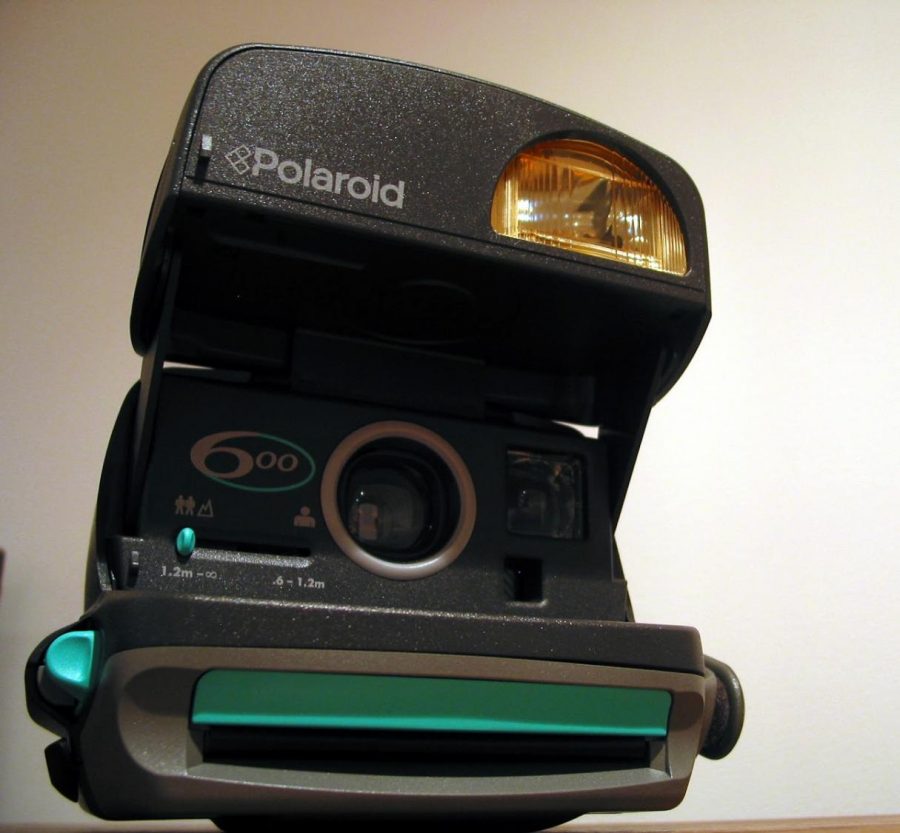How Do Instant Cameras Work?
What is an instant camera? Simply stated, it is a camera that will give you a hard copy of a photo you took without having to download files, take it to a printer, or any of that hassle. But how does it work?
Instant cameras are a fascinating device.
February 2, 2021
According to DigiLife, instant cameras break open tiny pods of chemicals over the image to get it to become visible on the canvas. What sets most instant cameras apart from other digital cameras is that they don’t produce a digital copy of an image. They simply take the picture and print it.
The film used in instant cameras is a sheet of plastic that has been covered with a thin layer of a silver compound, says How Stuff Works. Black and white films only have one of these layers of silver, while colored ones have 3 layers. An instant camera is basically an entire photo developing studio! Instant cameras don’t work how you might have expected, though. First off, they don’t use the three primary colors that you would think make up every other color. They use what is called CMYK, or cyan, magenta, yellow, and key (black). When you take the photo, the light travels through the lens and hits the very light-sensitive layer(s) or silver compound, then if you are using colored film, chemicals called dye developers attach to the different layers of silver compound. The first layer actually prints those colors opposite of those in the original image. The other two layers of silver compound are to reverse these colors yet again to produce an accurately colored image. There is also a reagent that is used in the film. This consists of opacifiers, alkali, and white pigment. As soon as you take the picture, the reagent floods over the film and mixes with all the other chemicals. This helps the dye developers react as well. Then after all this is done, your image is ready!
While this process may seem very advanced, the first instant cameras were made in 1948 by Edwin Land, says the American Chemical Society. Edwin Land also did optical research and such for the US government in WWII. Did you know he invented the instant film before the actual camera?
All in all, instant cameras are an old, but still amazing invention that is a simple way to get your pictures in-print a lot faster than digital cameras.









